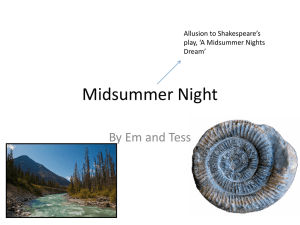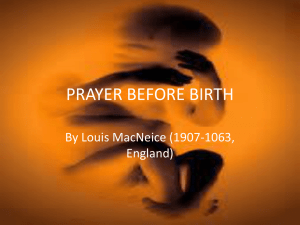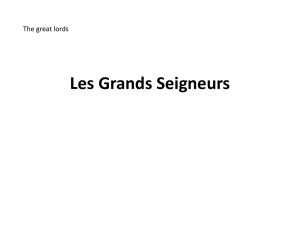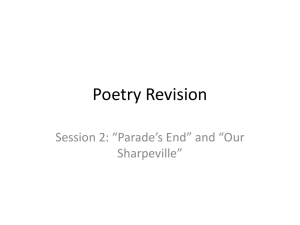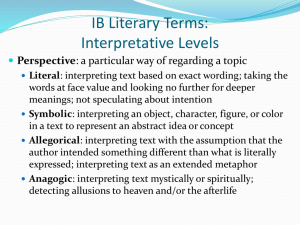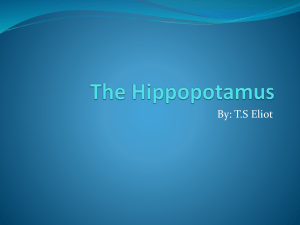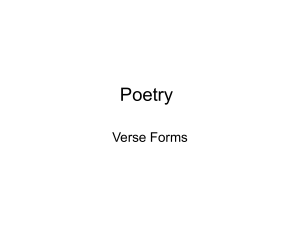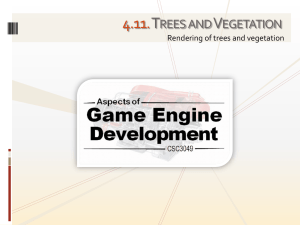Cut Grass Presentation
advertisement
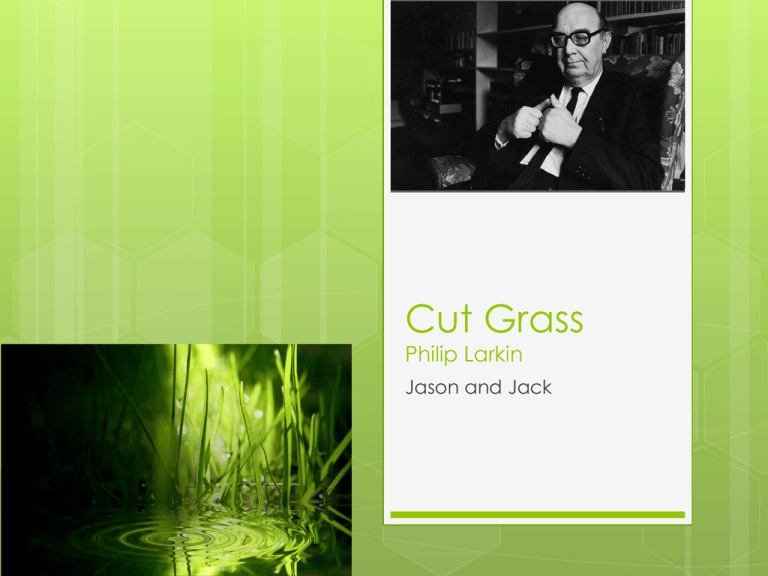
Cut Grass Philip Larkin Jason and Jack Cut Grass- Philip Larken Cut grass lies frail: Brief is the breath Mown stalks exhale. Long, long the death It dies in the white hours Of young-leafed June With chestnut flowers, With hedges snowlike strewn White lilac bowed, Lost lanes of Queen Anne’s lace, And that high-builded cloud Moving at summer’s pace Implied meaning of TitleCut Grass From the title, metaphorically we can deduce that the “Grass” is symbolic of life, whereas the word “Cut” connotes death. By putting the words together the simple act of mowing the lawn or cutting the grass is used as a metaphor and extended within the poem to emphasis the fragility of life. Stanza 1 Cut grass lies frail: Brief is the breath Mown stalks exhale. Long, long the death This stanza talks about death using grass a metaphor to substitute human life. The first line is a statement because it ends with a semicolon. The next three lines are descriptions in relation to the statement, as the semicolon is used to indicate the descriptions. Stanza One, tells readers that, human life is fragile. “Brief is the breath” means that, human existence is too brief to live in fear of death. “Mown stalks the exhale.” indicates that metaphorically, similar to the way humans die, the grass breathes its last long breath. The use of enjambment has been induced to emphasize the words; breath and death. Stanza 2 It dies in the white hours Of young-leafed June With chestnut flowers, With hedges snowlike strewn The first line has evidence of personification induced. “It dies in the white hours” the word “It” is being referred to the grass and “dies” is the human trait given. “white hours” and “youngleafed June” metaphorically refers to the specific time period of prosperity of life and nature. From this stanza we can infer that, death incurs even during the days of vibrancy of life and nature. Stanza 3 White lilac bowed, Lost lanes of Queen Anne’s lace, And that high-builded cloud Moving at summer’s pace Personification is incorporated in the first line. “White lilac bowed” the white lilac has been given a human attribute. The act of the lilac bowing is used as a metaphor to emphasize death. “Lost lanes of Queen Anne’s lace,” is used to represent death. “Queen Anne’s lace,” is a type of flower, it’s been used as a metaphor along with “Lost lanes” to exemplify death. Larkin used enjambment on the last two lines to create a kind of deadening to the ear and brain, as the thought can end up being the same in length. Enjambment is one way of creating audible interest. It’s also used to emphasize on the last two words to create a lingering effect of the thought to the brain. From the last two lines, we can deduce that it means; life goes on, death is an ordinary thing of which nature takes no notice. Summary of Theme In this poignant and concise poem, death is presented in nature through the “Cut Grass” title, and the poem acts as a meditation on death and its role on life. The poem begins with the reference to the death of the “Cut Grass”, which ironically happens in June; a time of vibrancy and life in nature. This seems to suggest the way in which death can occur at any moment, and even at a time when everything else is fully alive, death can surprise us. Yet equally, death is not viewed in a solely negative fashion. The reference to three types of flowers seem to present that death is just part of a cycle of life, and has its own beauty. That death is part of a cycle is likewise reinforced by the movement of the clouds at the end of the poem. The final lines of the poem seem to suggest that life will carry on, and that nature and existence is not stopped by death. This contributes to a somewhat hopeful tone at the end of this poem. It does recognize the essential part of life that death occupies, but it also puts this in its wider context; that of a cycle of life and death that carries on and outlives our brief lives. End…

